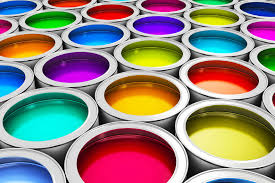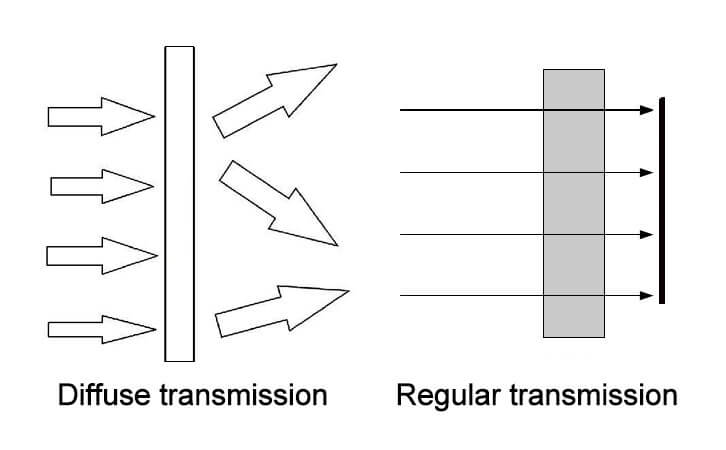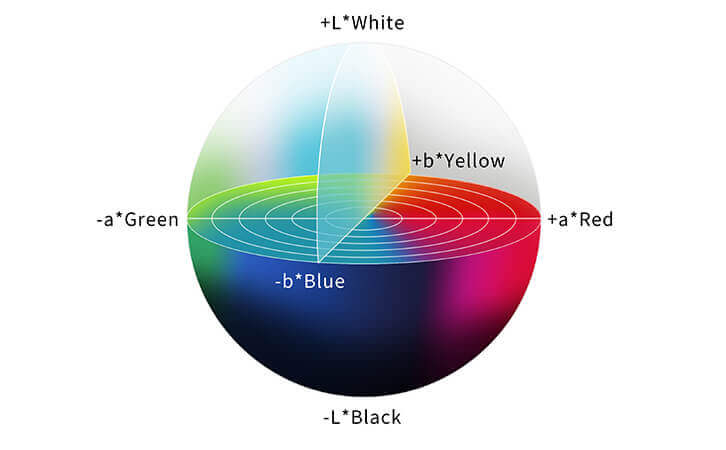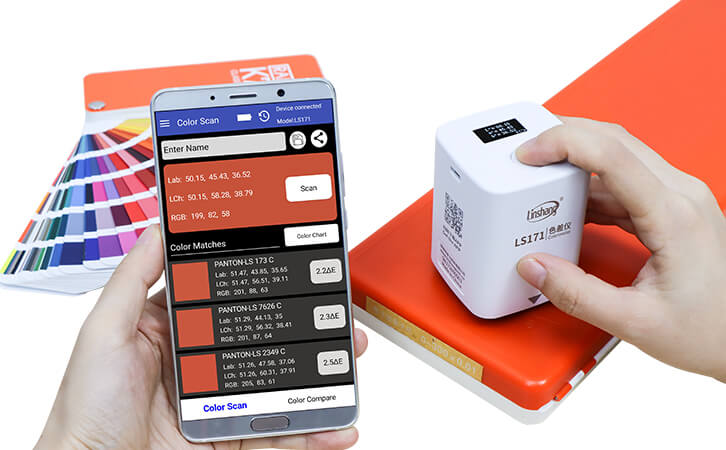Color Theory & Handheld Color Meter
Color theory is everywhere-it exists in the products we use, the images we see and the natural environment of our backyard. For designers, understanding color plays an important role in the design process and also plays a vital role in product development and brand image. Even color theory psychology is developing. So, what is the basis of color theory? For starters, modern color theory does not lack definitions, but in general, it refers to the concepts behind our perception of color. Therefore, to understand the basics of color theory, you must know how colors work.
I. What is color?
The way we perceive color makes the objects around us appear to have inherent visual attributes. For example, apples are red, grass is green and the sky is blue, with almost no deviation. However, in order to perceive color, three conditions must be met: one object, a light source and an observer. The light source can be natural or man-made. The observer does not have to be a living thing. It can also include instruments such as cameras and handheld color meters.
When light is reflected from an object, photons and electrons interact and the electrons absorb or reflect the light. During reflection, electrons release energy at specific wavelengths, which correspond to certain colors processed by our brain.
II. How do we perceive colors?

When the reflected light releases specific wavelengths, our brain interprets them as colors we know and like. First, the reflected light enters the eye through the cornea. The lens then focuses it on the retina, the layer of nerve cells at the back of the eye. The retina contains cells called photoreceptors, mainly rods and cones, which are used to detect light waves. Rod cells will activate in low or dark light and will not produce color. The cone photoreceptor cells are activated in a bright environment and contain our perception of red, green and blue. These photoreceptor cells connect retinal neurons to the brain's communication methods.
III. Color and appearance
Color is usually a characteristic of appearance. Appearance refers to surface features such as gloss and texture. When light is reflected from an object, the light can take several different paths according to the smoothness of the object surface.
Specular reflection: Specular reflection occurs on a smooth surface with relatively few defects. You may see mirror light in the silent lake. It reflects the trees and clouds above, so you can recognize the image.
Diffuse reflection: Diffuse reflection is more common. This usually happens when the surface is rough or textured. The light reflects in random directions and it is difficult to recognize the image.
Combination: Both specular reflection and diffuse reflection can occur simultaneously. Usually, this happens by scattered light scattered in specific places. For example, semi-gloss and textured metal. You may be able to see low-resolution reflections of such metal surface images.
These surface features affect the way we perceive color. For example, compared to a smooth, high-gloss surface, a rough texture will reflect light in more directions and appear lighter in color. This effect occurs because less light reaches your eyes when scattered.

V. Color models
1. RGB color model
The RGB color model is an additive color model that adds the three primary colors of red, green and blue in different proportions to produce a variety of colors. Combining the three will produce white light, which is why the prism separates into rainbow colors.
2. CMYK color model
The CMYK color space is used in the printing industry. The printing industry expresses a variety of colors and gradations through the overprinting of the three primary colors of cyan (C), product (M) and yellow (Y) with different dot area ratios. In the printing process, color separation is inevitable. Color separation is the conversion of RGB colors used in the computer into CMYK colors used in the printing industry. There are two complicated problems in the conversion process. The first is that the color ranges of the two color models are not exactly the same. The color gamut of RGB is larger and the color gamut of CMYK is smaller. Therefore, color gamut compression is required; both colors are related to specific equipment and the color itself is not absolute. Therefore, it is necessary to perform the conversion through a device-independent color model, that is, it can be converted through the XYZ or Lab color space. (Quoted from Baidu Encyclopedia)
3. Lab color model
Lab color model is a color model developed by CIE (International Commission on Illumination). Any color in nature can be expressed in Lab space and its color space is larger than RGB space. In addition, this mode is a digital way to describe human visual perception and has nothing to do with the device, so it makes up for the lack of RGB and CMYK modes must rely on the color characteristics of the device. (Quoted from Baidu Encyclopedia)

VI. Importance of color in various industries
No matter which industry you are in, if you produce a product or create a brand, color is essential. Color usually determines the customer's first impression of the product. Different industries have different requirements for color. A company that produces baked goods can tolerate various color changes. On the other hand, companies that manufacture cars will have stricter requirements. If each part of the car is a different color, then the quality of the car is substandard. The value of color is a way to ensure color accuracy and direct communication. You can also use it for quality inspection to ensure that the color meets your needs.
VII. How to measure the color and color difference of an object?
You may wonder how accurate the color measurement is. For this, you can use a professional color measurement tool-handheld color meter. Using Linshang portable handheld color meter to measure color is the first choice for customers in most industries. Through accurate color measurement and color difference comparison, Linshang handheld color meter can better help companies in color management. One of our tenets is to reduce the problem of color matching and help companies find unqualified products during the quality inspection process, so as to gain advantages in product production.

